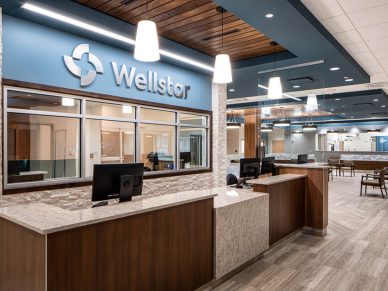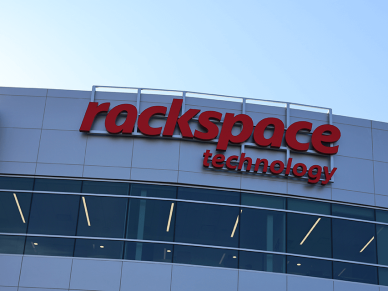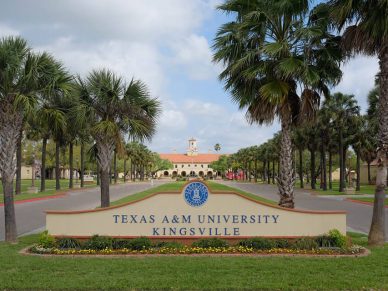View This Article in BOSS Magazine
Funds may be scarce for Baltimore City Public Schools, but innovation and strategy are abundant
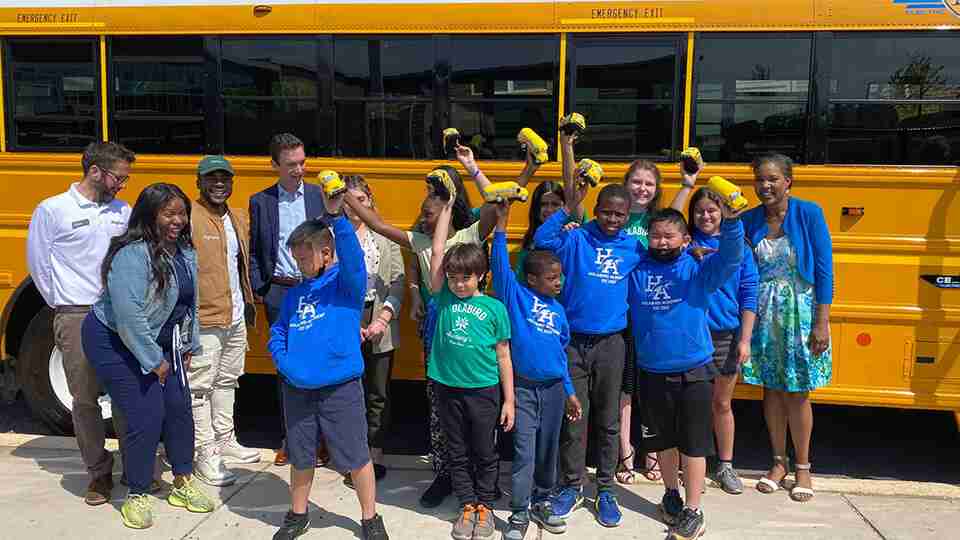
Innovation is the catchword of our times, but in reality, the word is often just a fancy way of saying that an organization is using resources wisely to make magic. That’s the case for Baltimore City Public Schools, an urban school district with limited resources that is doing extraordinary things.
With $1.4 billion in revenue and an annual construction budget of $50 million, the school district operates 160 schools. Total enrollment for pre-K through grade 12 is over 75,000, with children of color making up all but 7% of students. The 4,943 teachers in Baltimore City have an average tenure of nine years.
Baltimore City shares many characteristics of inner-city public-school systems across the nation: crumbling infrastructure, maintenance issues, and impossibly tight budgets. “When we're working in urban environments with limited resources, our children get the bare minimum, because that's what we can afford,” Dr. Lynette K. Washington, Baltimore City Public Schools Chief Operating Officer, told BOSS.
Across the country last summer, schools were shutting down because they didn’t have air conditioning. The relentless heat waves made districts revert to remote learning and homeschooling. That wasn’t the case with Baltimore, because for the last seven years they’ve been working to replace the air conditioning systems in their facilities in very successful and innovative ways.
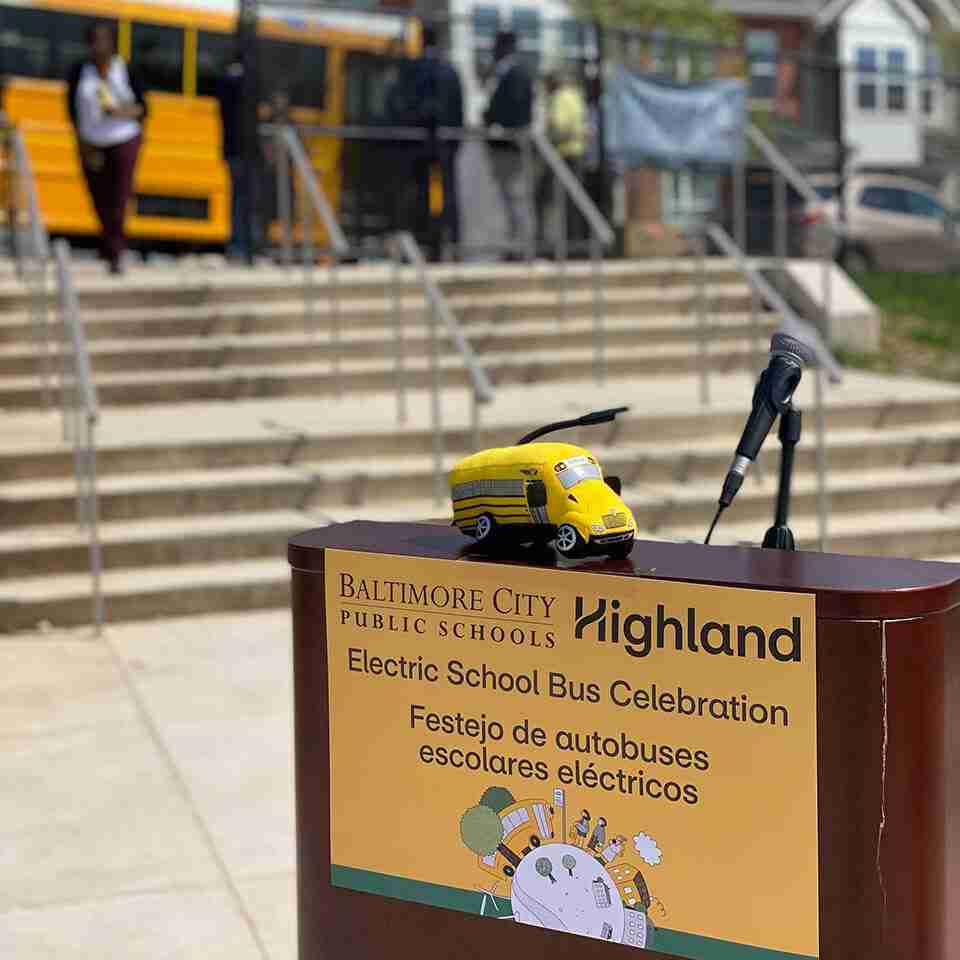
In 2017, Baltimore City had over 70 schools with no air conditioning, and they would close routinely during heat waves. Today, only 11 sites lack A/C while they wait for the completion of new buildings and HVAC systems.
The cost of installing air conditioning in those 75 schools was $250 million. The district’s annual capital budget tapped out at $50 million. “At that time the funds needed to cover 150 school facilities, and $50 million doesn't really get you anywhere when you also have to prioritize roof projects, window projects, and door projects along with HVAC,” Washington said.
Installing new HVAC systems would have cost them $4 million to $30 million for each building. Instead, the Operations team purchased vertical package units, slashing the cost per building to approximately $2 million. When additional state or federal resources were given, they redirected them all to air conditioning. All in all, they cooled classrooms in 65 out of 75 buildings. The non-A/C buildings were either waiting for the completion of new buildings or full HVAC systems.
“There’s a new construction plan that’s going to be happening within the next five years that’s going to bring air conditioning relief, and some schools are going to get a brand-new building with a full HVAC system,” she said. “That means in a couple of years, Baltimore City for the first time will have all of its facilities air conditioned just by being very strategic.”
They also directed funding to upgrade several old bathrooms that were in dire condition to the point that many kids refused to use them. “Despite the lack of resources and waiting for government agencies and institutions to right the wrongs, we still have hundreds of children who are walking into school buildings every day,” she said.
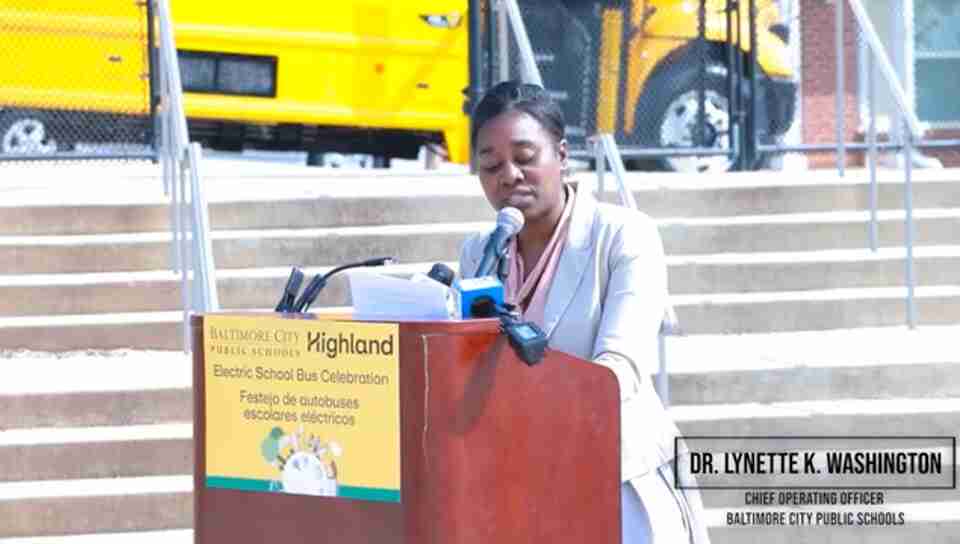
Washington parlayed her strategic mindset and built up a strategy team, a rarity in school operations offices. “I have a department who are a group of analysts and strategy folks who think in data-oriented ways to help support how we move the work,” she explained. She quickly discovered that the transportation team, facilities team, and the teams that were doing the day-to-day operations did not have time to think strategically about making the most of their allotted spending.
The strategy team changed Baltimore City's organizational structure to position staffers to work efficiently with scant dollars while providing great products for students. “That team has been a good call for us because they have helped develop very strong strategies that we can implement. The implementation of those strategies has led us to doing better from an efficiency perspective.”
Transportation was also a very big topic. When kids returned to school after the pandemic, many school bus drivers didn’t. The district had a difficult time transporting children who were required by law to have transportation, including students with cognitive or physical disabilities.
“Of that group of children, homeless students, early learning students, we had over 1,000 children that we could not transport,” Washington said. Baltimore City completed an assessment of school bell times, drivers’ compensation, and policies. The strategy and transportation teams came together to find solutions. Today, every student who is required to have transportation receives it.
The facilities department faced significant challenges maintaining their buildings and avoiding violations. Washington created departments and hired knowledgeable directors in the operations area to work with the strategy team. “That strategy team has resulted in significant changes with our facilities assessments, how our teams move and operate, and it's something that's just not experienced in numbers,” she said.
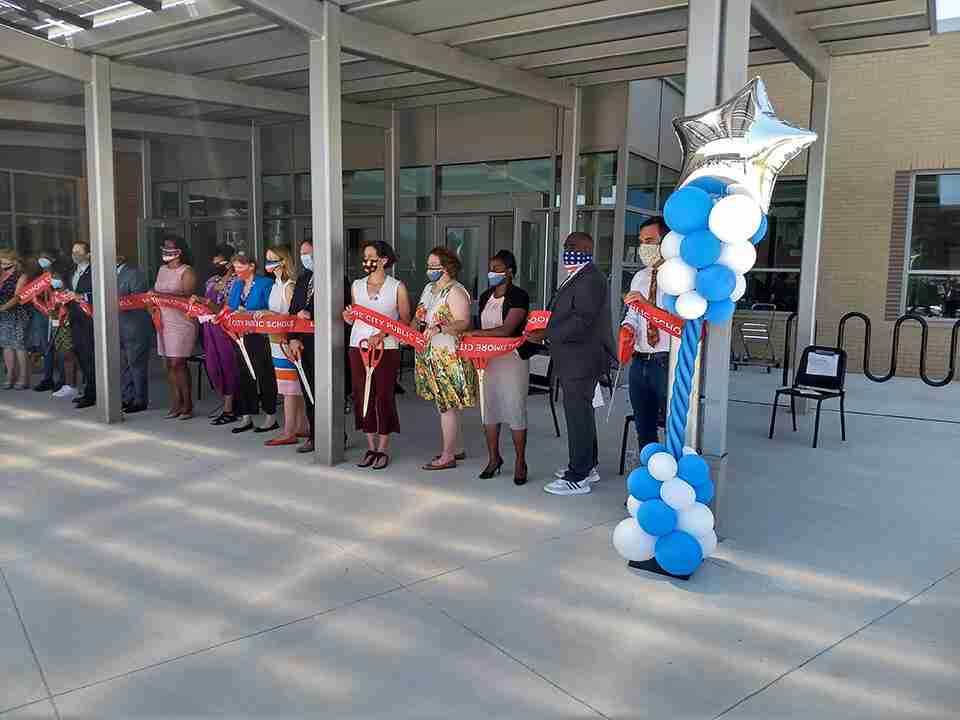
When a $2 million grant was available for building Net Zero schools, the Baltimore City Design and Construction team went all in. “We latched on to it for a couple of reasons. New construction is one cost, but the maintenance and sustainability of the infrastructure is another cost. If we can save money in the long term on energy savings and repurpose that money someplace else in the district where it's needed, we found that to be very beneficial.”
The result: the second and third Net Zero schools in Maryland, a first for Baltimore City. The two schools have been awarded Platinum LEED certifications, and six awards for their sustainability and energy efficiency standards just this year. In addition, they were also awarded $12 million from the Environmental Protection Agency for new energy efficient buses, which will be rolled out for the 2024-25 school year.
For Dr. Lynette Washington and Baltimore City Public Schools, the real innovation is strategy; determining the best use of state and federal dollars to support students and positively impact them. There’s another word for that, and we like it better than innovation – magic.
Since 1829, Baltimore City Public Schools prepares its nearly 75,000 students for higher education and a life-sustaining career. We proudly serve our students through 164 schools and programs. Our important work is guided by our strategic plan: Building a Generation; City Schools’ Blueprint for Success and its three focus areas: literacy, student wholeness, and staff leadership.
We are Baltimore City, and we believe every student can succeed. We invite you to join us in this work. Learn more about our mission and victories by following us here or by visiting baltimorecityschools.org.
Corporate Office
200 E. North Avenue
Baltimore, MD 21202
Phone Number: 443.984.2000
Homepage Link: https://www.baltimorecityschools.org/
Facebook: https://www.facebook.com/baltcityschools
Twitter: https://twitter.com/BaltCitySchools
LinkedIn: https://www.linkedin.com/company/baltcityschools/
YouTube: https://www.youtube.com/channel/UClQRtsfOI-a2us1fC-sJbDQ?view_as=subscriber
Instagram: https://www.instagram.com/baltcityschools/?hl=en



